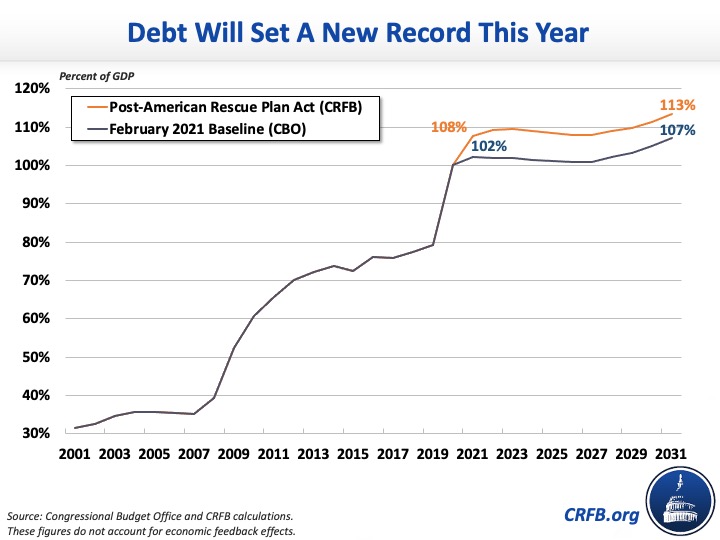It looks like you're new here. If you want to get involved, click one of these buttons!
It might be, if the text in Zacks' column preceding the excerpted conclusion had demonstrated clear thinking or basic understanding of metrics.FWIW, Zack's summary on OSTIX, with the last excerpted statement perhaps being the most important:
https://finance.yahoo.com/news/ostix-strong-bond-fund-now-110011455.html
Given that the R² of OSTIX with respect to a broad market index of fixed income securities is virtually zero (0.02 as of June 30), the reported beta means nothing.OSTIX carries a beta of 0.21, meaning that the fund is less volatile than a broad market index of fixed income securities.
Given two funds identical aside from cost, is the cheaper fund really only likely to outperform the more expensive one? Under what conditions, all things being equal, might the higher cost product outperform?a lower cost product will likely outperform its otherwise identical counterpart, all things being equal.
It appears that Zacks is equating how expensive a fund is solely with its ER. Otherwise it would note that since some other funds have loads, OSTIX is less expensive than (many of) its peers, all in, when you consider operating costs (ER) and purchase costs (loads).In terms of fees, OSTIX is a no load fund. It has an expense ratio of 0.86% compared to the category average of 0.85%. OSTIX is actually more expensive than its peers when you consider factors like cost.

Anti-Ark ETFThe Short ARKK ETF would seek to track the inverse performance of the $23 billion Ark Innovation ETF (ticker ARKK) -- the largest fund in Ark Investment Management’s lineup -- through swaps contracts
The fund would trade under the ticker SARK and charge a 0.75% operating expense, in line with ARKK’s fee.
Agreed, technicals don't look so good right now.I see little reason to be nibbling at AMZN at this time other than it's down a bit. Nothing in the charts say that it's moving higher, in fact the opposite. I can wait.
Bank of America Calls CBDCs ‘More Effective’ Than Cash in Research NoteBank of America (BofA) called central bank digital currencies “a much more effective payment system than cash,” in a research paper published Wednesday.
...CBDCs could “replace cash completely in the (distant) future.”
CBDCs qualified as money “by allowing store of value and being a unit of account and means of exchange,” differentiating them from cryptocurrencies that “do not meet these criteria. “Since they are traded, they could be seen as an asset class,”
CBDCs could lessen the need for stablecoins, noting that the latter could “present a material financial stability risk during times of market stress when there may be a crypto to fiat currency run.”
https://www.nytimes.com/2019/01/09/opinion/melting-snowballs-and-the-winter-of-debt.htmlAnd the dollar value of G.D.P. normally grows over time, due to both growth and inflation. Other things equal, this gradually melts the [debt] snowball: even if debt is rising in dollar terms, it will shrink as a percentage of G.D.P. if deficits aren’t too large.

© 2015 Mutual Fund Observer. All rights reserved.
© 2015 Mutual Fund Observer. All rights reserved. Powered by Vanilla